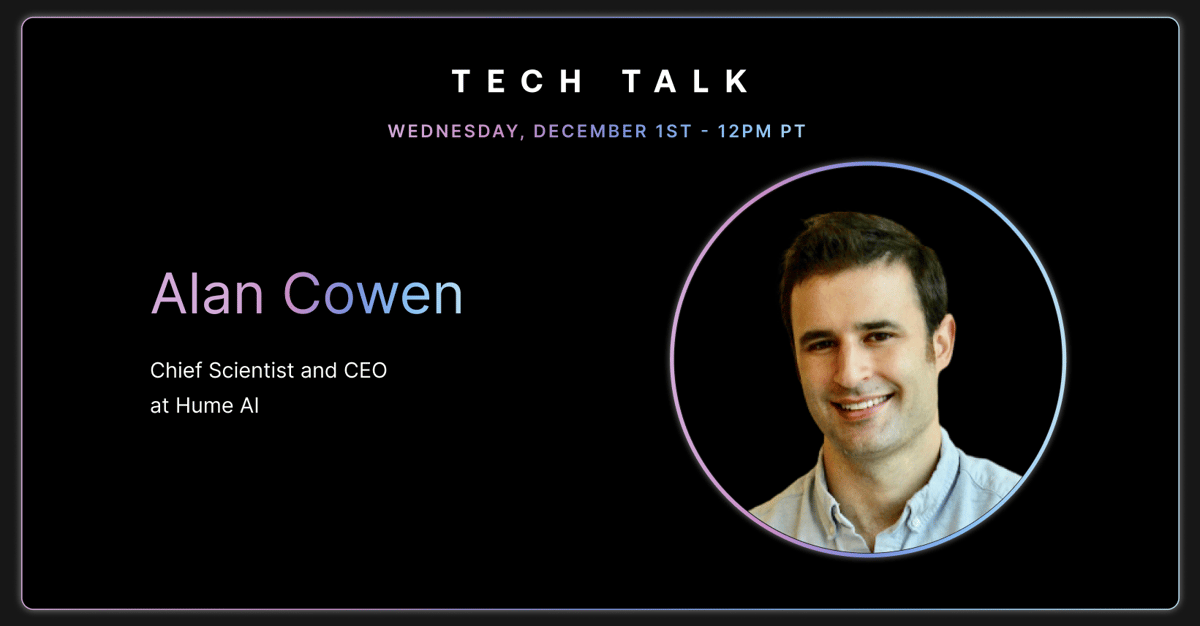Building emotional awareness into AI is a central goal for technology companies standing to impact billions of potential users. From digital assistants that can sense and soothe your frustrations to photo apps that can identify a warm smile, empathic AI will be central to a future in which our everyday interactions with technology ultimately serve our emotional well-being. But most companies are missing the right training data to make this human-centric future for empathic AI a reality. Large-scale, globally diverse data with a multitude of emotional expressions and contexts is essential to paint a scientifically valid picture of human emotion. I will discuss three principles for gathering this kind of rich, globally diverse, psychologically valid emotion data at scale, and explain how we implemented them at Hume AI to gather 3 million self-report and perceptual judgments of 1.5 million human emotional behaviors. Using Hume’s models as an example, I will showcase how ML models trained on this data can infer human emotional behavior with more accuracy and nuance than was previously possible. Finally, I will summarize ethical guidelines for deploying these powerful new empathic technologies at scale.




